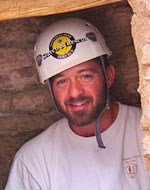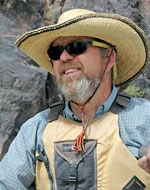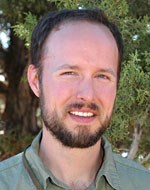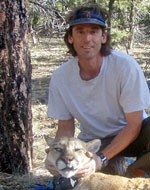This page is an archive of programs presented in 2010Division of Science and Resource Management Conversations on the EdgeThis lecture series features specialists from Grand Canyon National Park's Division of Science and Resource Management speaking about the National Park Service's work to monitor, manage and preserve Grand Canyon's natural and cultural resources for present and future generations. Sponsorship Extreme Cultural Landscapes:New Archeological Research in Grand Canyon National ParkIan Hough, Vanishing Treasures Archeologist Wednesday, February 3, 2010 7–8:30 p.m. 
Recent research in archeology at Grand Canyon National Park is revealing interesting patterns of human use of the resources in this dynamic environment. Through the ages, people developed a wide range of social and cultural strategies at Grand Canyon, from small-scale foraging and hunting to socially complex farming. To learn more about the archeological excavations along the Colorado River:

With the greatest plant species diversity of any national park, extremes in elevation and topography, diverse geologic substrates, and influences from surrounding biogeographic provinces, the vegetative communities of Grand Canyon are as unique as you will find anywhere in the world. To learn about recent Vegetation Program projects:

The springs and seeps of Grand Canyon are places of exceptional natural beauty that provide water and shelter in an otherwise arid environment. Springs also support diverse riparian vegetation and are often locations of substantial cultural significance. Hundreds of springs and seeps exist in the park, yet little is known about most of them. Learn More: A Study of Seeps and Springs

Wildlife Biologist Brandon Holton, who received his master of science degree from Northern Arizona University in environmental sciences and policy in 2007, will discuss the mountain lion research program at Grand Canyon National Park.
Learn More: Mountain Lion Research in Grand Canyon National Park Mountain Lion Kittens Tagged (2007) Discovering Mountain Lion Kittens (2007 Trip Report)
All Lectures Are Free and Open to the Public Flagstaff lectures will be held at Cline Library, at the intersection of Knoles Drive and McCreary Road on the NAU campus. Parking is available to the west of the library (Lot P13 on Riordan Road). Sponsorship Visit the Canyon Sketches eMagizineTo learn more about Science and Resource Management at Grand Canyon National Park |
Last updated: June 24, 2022
